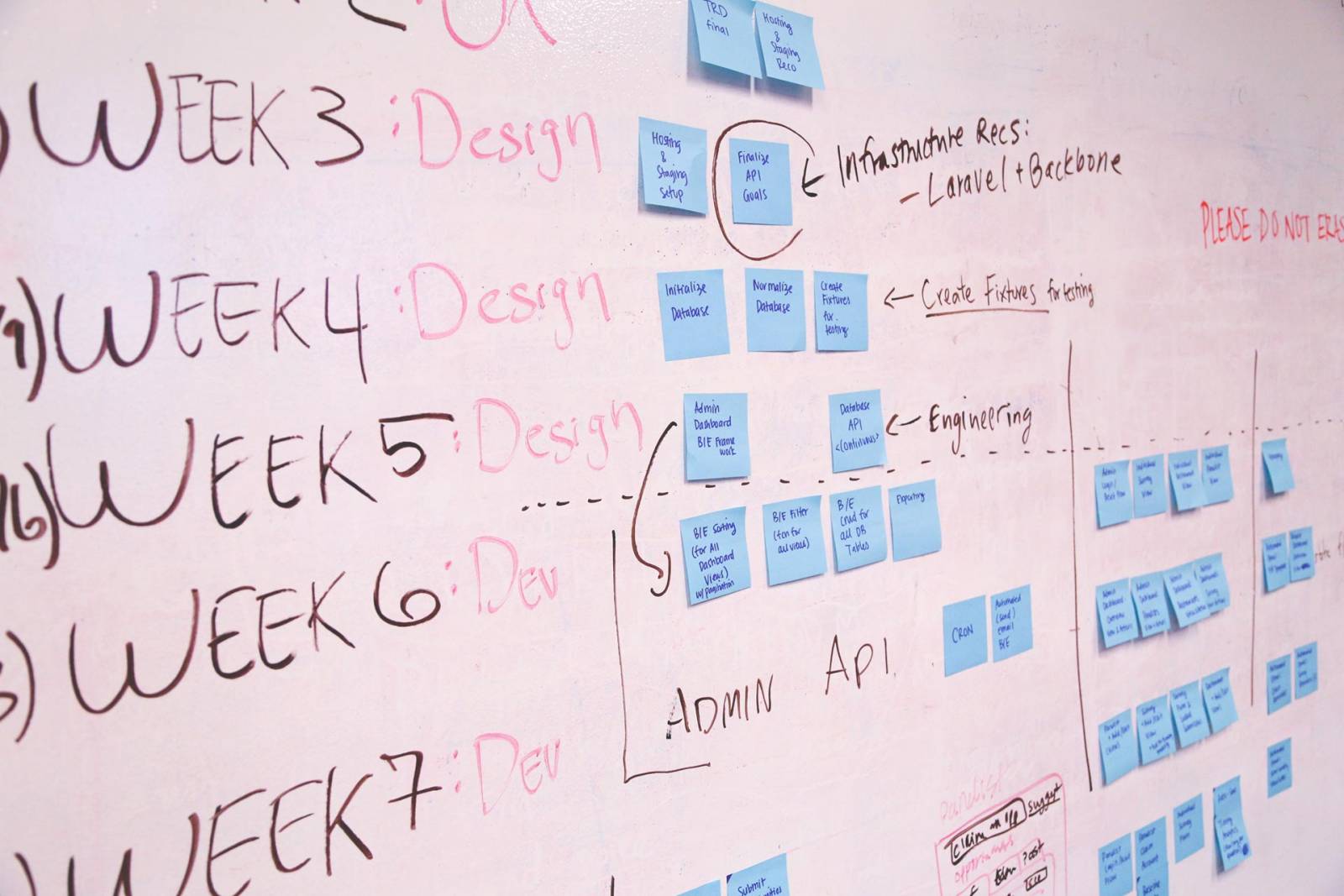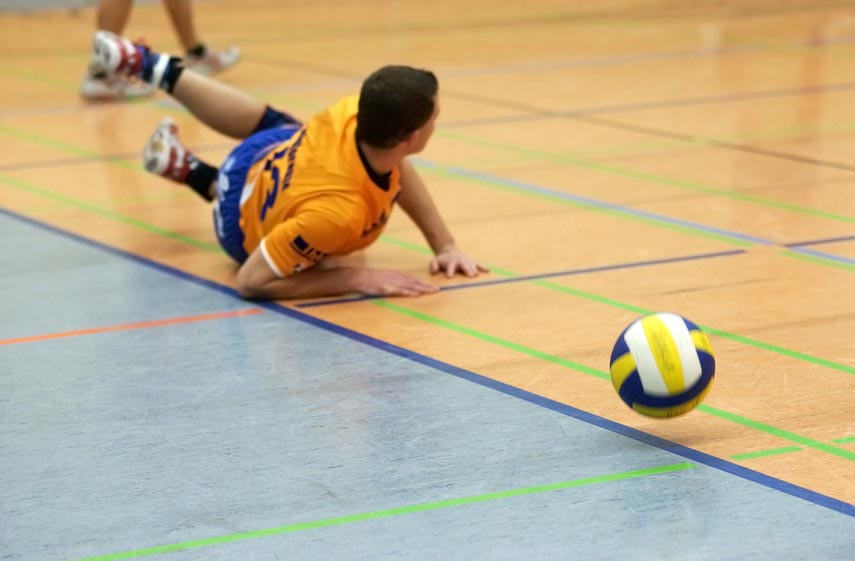
Constructive Thinking
In a previous post, we talked about the power of destructive thinking and how it can limit your ability to manage stress. Destructive thinking is negative thinking. It limits our ability to make positive choices in our lives. Fortunately, you are able to change your thinking. In this post, we will discuss the power of constructive thinking. Constructive thinking is a positive way of thinking about problems and soltuions. With positive thinking you can weaken the power of negative thinking in your life. Following are some proven ways to help you develop positive thinking that we will discuss in more detail.
Visualization
Visualization is creating a picture of things that you want to achieve in your mind. Have you heard the expression “seeing is believing?” Visualization is just that. It allows you to “see” what you want to achieve so that you will start believing you can achieve it. When you visualize or picture a situation, you can be more creative in finding new ways to solve problems. Visualization will help you to learn stress management by removing the negative thinking that prevents you from successfully managing your stress. Visualization can transform thoughts into reality. Pictures begin to form in your mind’s eye of the results of your thoughts. This helps you reach your goal. Visualize the positive results of your efforts to reach the goal of stress management. By seeing these positive effects in your mind, you can see the happiness that will come from reaching your goals.
Begin With the End in Mind

Steven Covey, in his famous work “The Seven Habits of Highly Effective People”, explains that you need to begin with the end in mind. This means to start with a clear understanding of where you want to go in life. He says it is easy to get caught up in the ladder of success. The activities that make your life busy do not necessarily lead you to where you really want to go. People work harder and harder climbing the ladder of success, only to discover the ladder is leaning against the wrong wall. Knowing what you want to achieve is a crucial step to thinking constructively.
All Things Created Twice
The practice of beginning with the end in mind is based on the principle that all things are created twice. First, there is a mental creation and then a physical creation. For example, think about the process of building a new home. Before any work can be done the home must be created in the form of a blueprint. The blueprint that the builders will use to build the home is the mental creation. The home that is built as a result of the blueprint, or mental creation, is the physical creation. Using constructive thinking when creating the mental
Negative and Positive Inner Self Learning

Positive Inner Self Learning is a technique that professional athletes use to silence the inner critic. Timothy Gallwey, in his book “The Inner Game of Tennis”, identifies how athletes develop negative or positive inner self learning. When an athlete performs a skill, a positive and a negative inner self attempt to control the behavior of the athlete. The positive inner self has learned the mechanics needed to successfully hit or kick the ball, swing the club, or run the race. The negative inner self behaves like a disagreeable or obnoxious spectator in the stands.
This negative spectator reviews the athlete’s performance with remarks such as, “You screwed up!” and “You know how to hit the ball, but you didn’t.” As the athlete hears these inner statements over and over, they feed his or her negative inner self. If the athlete gives in to these false beliefs, he or she becomes distracted, unmotivated, and loses confidence. Performance suffers and the obnoxious spectator wins. The cycle of negativity looks something like this:
Negative Inner Self Learning:

Step 1: Constantly criticize behavior.
Step 2: Command oneself to change the behavior.
Step 3: Try hard to perform the behavior correctly.
Step 4: Criticize results which leads to the continuation of the bad behavior.
(Return to Step 1 and repeat the steps.)
Successful athletes, just like successful people, learn to silence their negative inner voices and replace them with positive inner voices. The positive inner voice more closely resembles a good coach, rather than an obnoxious spectator. It provides the athlete with valuable information and positive criticism, in a cycle of success that looks like this:
Positive Inner Self Learning

Step 1: Observe existing behavior without judgment or criticism.
Step 2: Decide what changes are necessary and recall the desired performance or improvement through remembering the correct process or procedure (visualization).
Step 3: Allow the activity to occur, again reserving any judgment.
Step 4: Observe the results until the desired behavior is achieved and becomes a good habit.
(Return to Step 1 and repeat the steps.)
Shifting from negative to positive inner voices is an effective way to improve the performance of an athlete. Positive self-learning quiets negative self-learning so that the desired behavior can occur. The same rules of positive self-learning can be applied to our personal, everyday lives and help to improve our stress management. Negative inner self-talk took years to develop, and it takes time to unlearn. But once you begin to silence your negative inner voice, you can replace it with positive inner thinking.
Positive Affirmations
Once you have created new patterns for reacting to stressful or negative situations through repetitive practice, these patterns will become habits of thinking. These new habits will become a new core of inner-self learning. But how do we silence our inner critics? One of the simplest and most effective techniques is the use of positive affirmations. You can think of positive affirmations or statements as the voice of the good coach giving you confidence in your abilities and strength under pressure.

Put your desired patterns of behavior into the form of affirmations about yourself, then write them on a piece of paper. Use the first person (“I”) when writing them. Examples are: “I calmly deal with my anger.” “I make sound decisions.” “I control my emotions.” Keep your affirmations short, positive and simple, and be sure to put them in present tense—“I do” statements rather than “I will.”
These affirmations will support and strengthen the changes you are making in your behavior. You might think of this process as a couch, calmly but firmly showing your inner critic way up to the cheap seats—where it will rarely be heard!
If you would like to see how our Anger Management Map can assess your stress management skills click the free trail link below.
